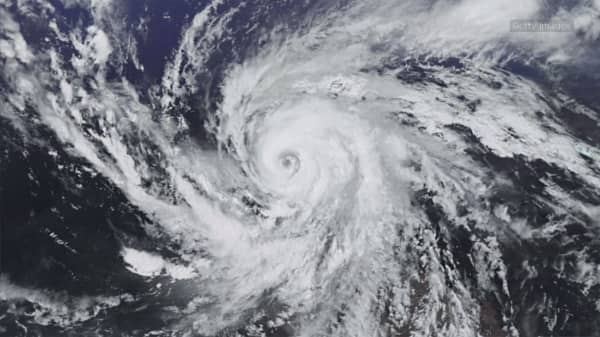Even as emergency management officials in Texas scramble to rebuild after Hurricane Harvey, they acknowledge that they were unprepared for the scope and strength of the storm, which was made more severe by the effects of climate change.
The widespread destruction in Houston shows that the changing climate is a direct threat to our citizens' security right here at home. Hurricane Irma gaining strength in the Caribbean and threatening Florida and Puerto Rico is further worrying officials and emergency responders. It's clear that we need to think bigger and act now.
Emergency planners and military planners alike, at both FEMA and Department of Defense, routinely use exercise-planning tools like war-gaming to prepare for extreme weather events. We plan and exercise for a nuclear attack by North Korea. We prepare for the next phase of Russian and Chinese aggression. We prepare for deliberate terrorist attacks on the homeland. But we are not yet clear-eyed about the threat of extreme weather in the era of climate change.
Too many elected officials still deny that warming ocean and atmospheric temperatures are changing the strength and severity of storms. As a nation we have not even begun to adequately prepare for storms like Hurricane Harvey and Irma, and that leaves our citizens vulnerable.
Scientists are clear that climate change makes hurricanes like Harvey more powerful and dangerous through warmer air and water and rising sea levels. Above-average temperatures in the Gulf of Mexico caused Harvey to grow stronger and gather more moisture before making landfall, while rising sea levels contributed to Harvey's storm surge. After hitting land, Harvey stalled for many days over southeast Texas, contributing to the record rains in a pattern consistent with climate change.



